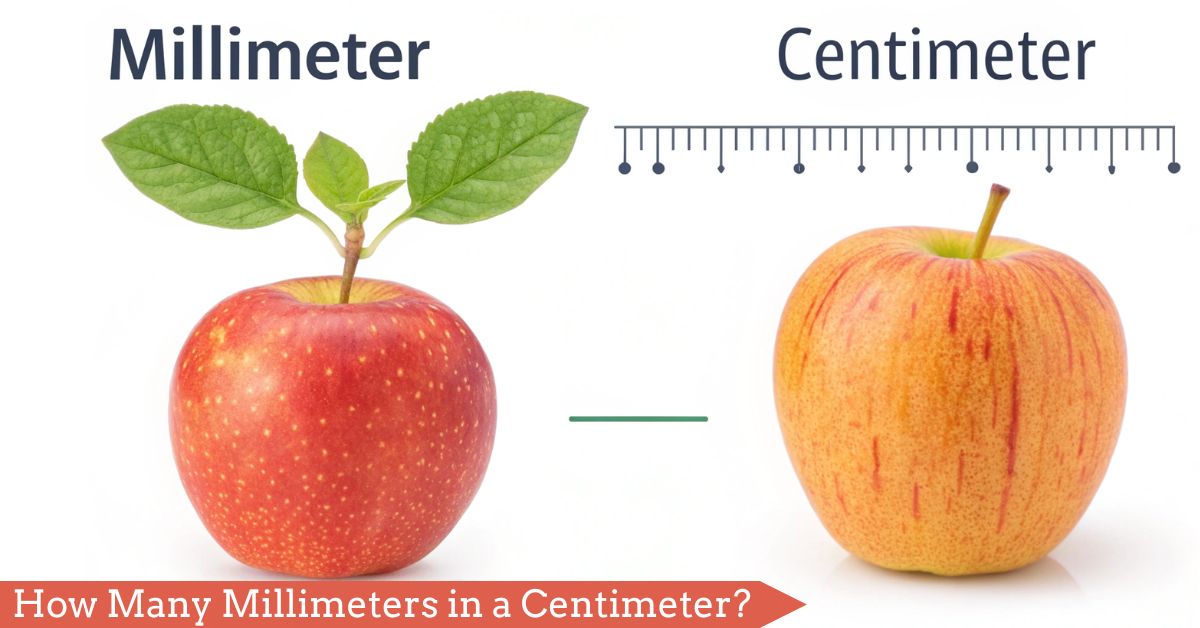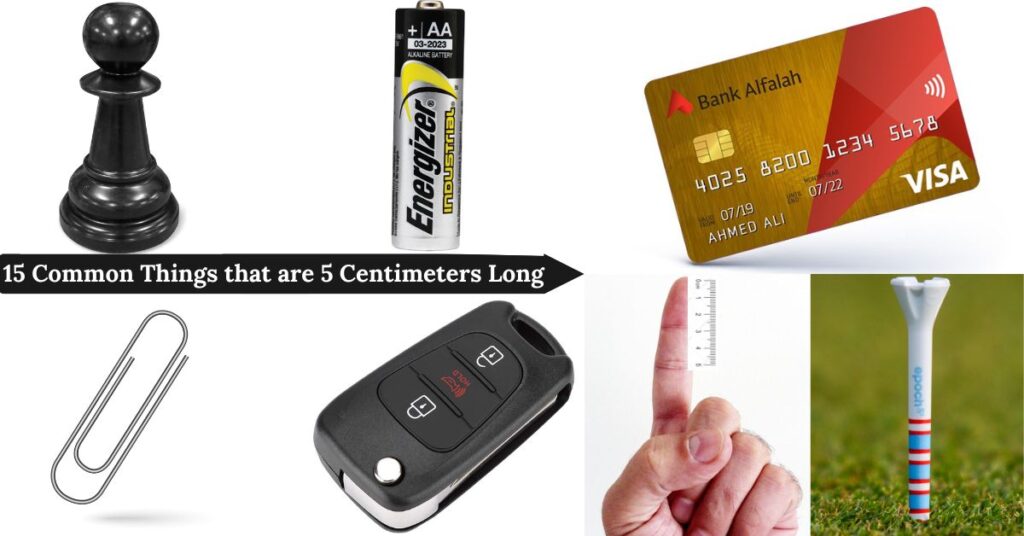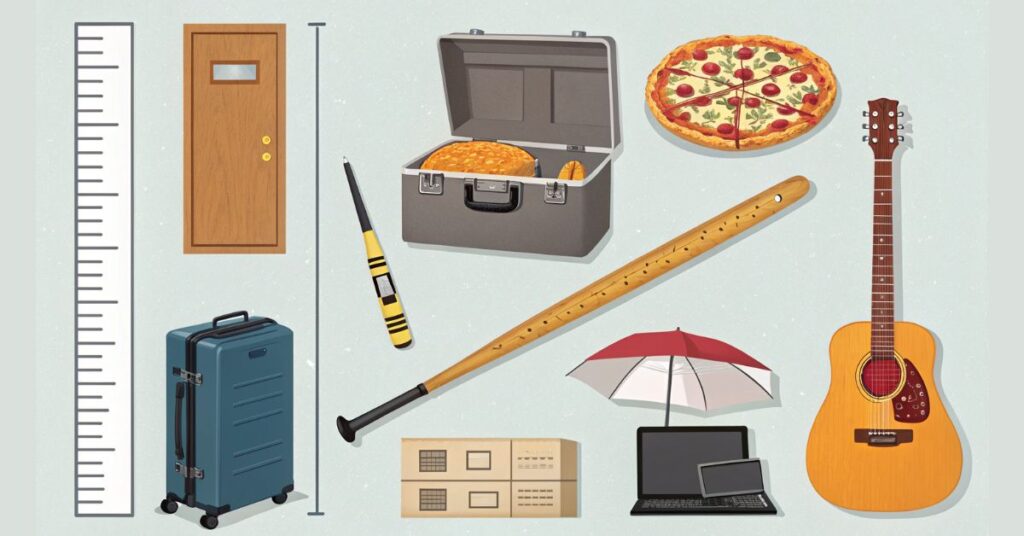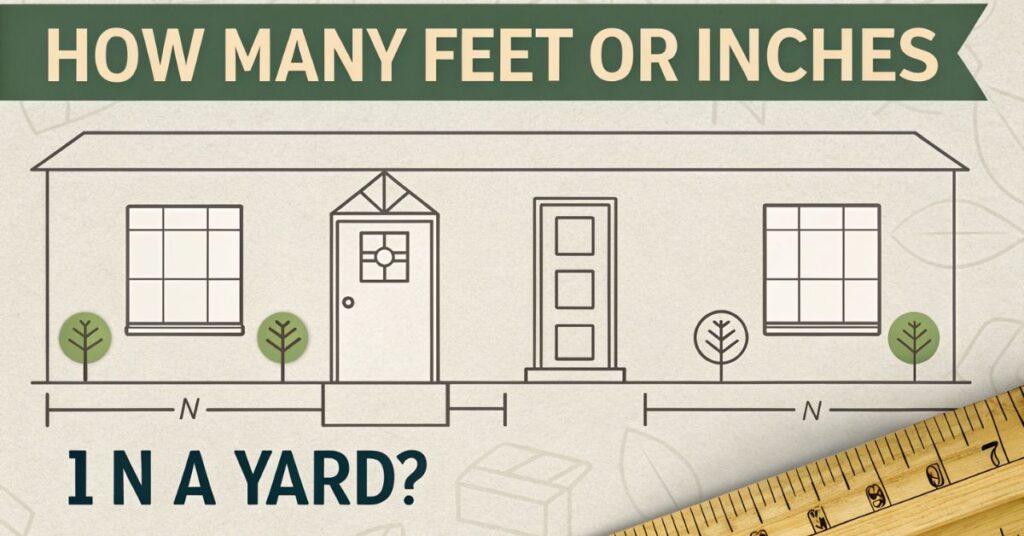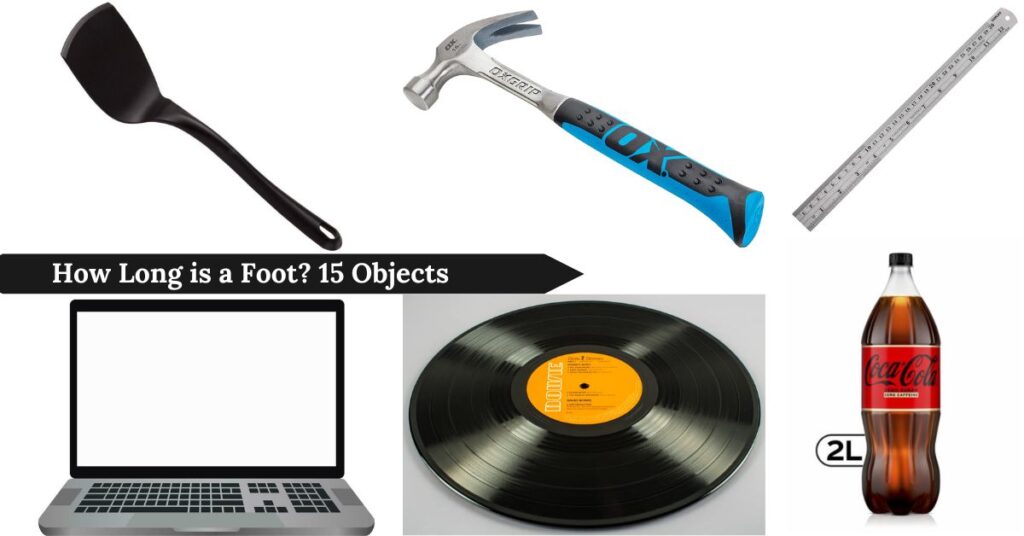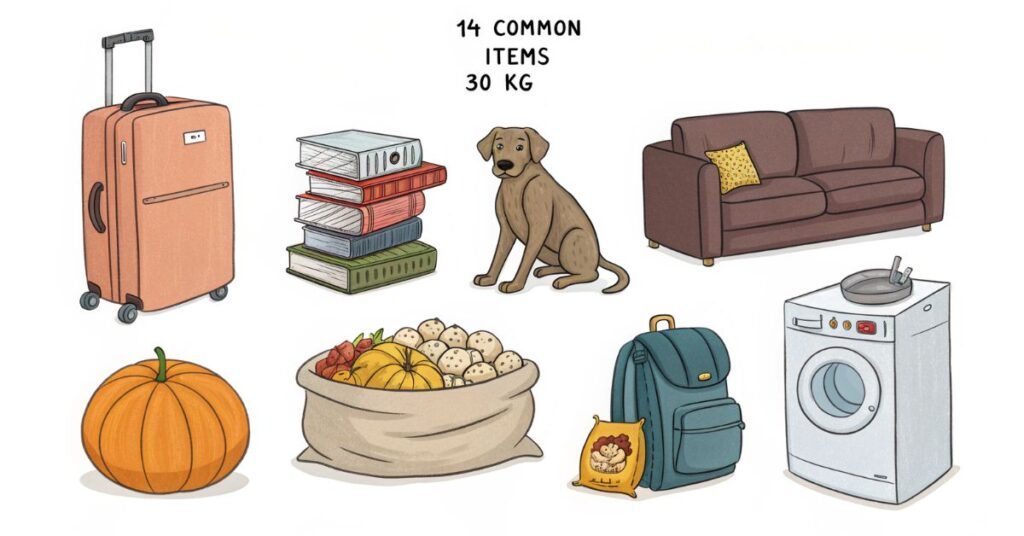You’re about to discover the fundamental conversion that saves professionals thousands of dollars in mistakes every year.
How many millimeters in a centimeter might seem trivial, but this knowledge separates precision from disaster in countless real-world scenarios.
Whether you’re measuring medicine dosages or cutting expensive materials, mastering this conversion protects both your wallet and your reputation.
10 Millimeters Equal 1 Centimeter
Quick Answer
1 centimeter contains exactly 10 millimeters. This relationship never changes, regardless of what you’re measuring.
Think of it like dimes and dollars. Just as 10 dimes make one dollar, 10 millimeters make 1 centimeter.
The conversion works both ways:
- 1 cm = 10 mm
- 1 mm = 0.1 cm
This base-10 relationship makes metric conversions incredibly straightforward compared to imperial measurements.
Metric System
The metric system operates on powers of 10. Each unit relates to others through simple multiplication or division.
Millimeter (mm) comes from the Latin “mille,” meaning thousand. It represents one-thousandth of a meter.
Centimeter (cm) derives from “centi,” meaning hundred. It equals one-hundredth of a meter.
Here’s how they stack up:
- 1 meter = 100 centimeters = 1,000 millimeters
- 1 centimeter = 10 millimeters
- 1 millimeter = 0.1 centimeters
This logical progression eliminates the confusion found in imperial measurements. No more memorizing that 12 inches equal a foot or 3 feet make a yard.
1 Centimeter vs 1 Millimeter Actually Looks Like
📐 Real-World Reference Guide
| Object | Millimeters | Centimeters | Visual |
|---|---|---|---|
| Credit Card | 0.8 mm | 0.08 cm | 💳 |
| US Quarter | 24.3 mm | 2.43 cm | 🪙 |
| Business Card | 89 × 51 mm | 8.9 × 5.1 cm | 🃏 |
| Smartphone | 8-12 mm | 0.8-1.2 cm | 📱 |
One millimeter measures roughly:
- The thickness of a credit card
- Width of a paperclip wire
- Thickness of a dime’s edge
One centimeter compares to:
- Width of your pinky fingernail
- Diameter of a standard pen tip
- Thickness of a smartphone
For reference, an American quarter measures about 24.26 mm in diameter, or approximately 2.4 centimeters.
A standard business card typically measures 89 mm by 51 mm, which converts to 8.9 cm by 5.1 cm.
Practical Conversion Methods You’ll Actually Use
🧮 Quick Conversion Methods
MM → CM
CM → MM
Mental Math Shortcuts
Moving decimals provides the fastest conversion method.
To convert millimeters to centimeters:
- Divide by 10 (move decimal point one place left)
- 50 mm = 5.0 cm
- 125 mm = 12.5 cm
To convert centimeters to millimeters:
- Multiply by 10 (move decimal point one place right)
- 3.7 cm = 37 mm
- 12.5 cm = 125 mm
Error-Proofing Your Calculations
Always double-check by reversing your calculation. If 80 mm equals 8 cm, then 8 cm should equal 80 mm.
Round numbers provide quick verification. Remember that 10 mm always equals exactly 1 cm.
Digital Tools and Apps
Smartphone calculators handle conversions instantly. Most include unit conversion functions.
Google provides instant results. Simply type “50 mm to cm” for immediate answers.
Measurement apps like Measure or AR Ruler offer visual verification of your calculations.
Common Measurement Scenarios in American Life
Home Improvement and DIY Projects
Precision requirements vary dramatically by project type.
Tile installation demands millimeter accuracy. A 2 mm gap difference creates visible alignment issues across large surfaces.
Crown molding requires precise cuts. Professional installers measure in millimeters to ensure perfect joints.
Plumbing fixtures often specify dimensions in both systems. A 15 mm copper pipe equals 1.5 cm diameter.
Medical and Healthcare Applications
Prescription medications frequently use metric measurements. A 5 mm tablet differs significantly from a 5 cm measurement.
Blood pressure cuffs specify width in centimeters. Standard adult cuffs measure 12 cm wide.
Medical imaging relies on millimeter precision. MRI scans detect lesions as small as 2-3 mm.
Engineering and Manufacturing
Tolerance levels in manufacturing often require sub-millimeter precision.
Automotive parts specify clearances in fractions of millimeters. Engine components may require 0.05 mm tolerance.
Quality control standards reject parts outside specified measurements. A 0.2 mm deviation can cost thousands in recalls.
Millimeters vs Other Units Comparison Chart
📏 Visual Size Comparison
📱 Credit card thickness
📎 Paperclip wire
🪙 Dime edge
💅 Fingernail width
🖊️ Pen tip diameter
📱 Phone thickness
| Millimeters | Centimeters | Inches | Common Object |
| 25.4 mm | 2.54 cm | 1 inch | Quarter diameter |
| 12.7 mm | 1.27 cm | 0.5 inch | Dime thickness stack |
| 5 mm | 0.5 cm | 0.197 inch | Pencil lead width |
| 50 mm | 5 cm | 1.97 inches | Credit card width |
MM to inches conversion: Divide millimeters by 25.4 for precise inch measurements.
CM to inches conversion: Divide centimeters by 2.54 for accurate inch equivalents.
International standardization ensures these conversions remain constant worldwide.
Advanced Applications
Scientific Research
Laboratory measurements often require micrometer precision.
Cell biology studies measure structures in micrometers (0.001 mm).
Data accuracy requirements demand consistent measurement protocols across research teams.
Manufacturing and Quality Control
Tolerance specifications define acceptable measurement ranges.
Aerospace components may require ±0.01 mm tolerance for critical parts.
Industry best practices include statistical process control for measurement consistency.
Cost implications multiply quickly. A 1 mm error in thousand-unit production runs can cost millions in rework.
FAQ’s
❓ Quick FAQ Visual Answers
Which is bigger: 1 cm or 4 mm?
Does 30 mm equal 1 inch?
Remember: 1 inch = 25.4 mm exactly
Which is bigger, 1 cm or 4 mm?
1 centimeter (10 mm) is bigger than 4 millimeters. The difference equals 6 mm.
How many millimeters makes 1 cm?
Exactly 10 millimeters equal 1 centimeter. This conversion never changes.
What size in mm is 1 inch?
1 inch equals 25.4 millimeters precisely.
Is 1 cm the same as 10 mm?
Yes, 1 centimeter always equals 10 millimeters. This fundamental relationship defines the metric system.
Is a cm bigger than an inch?
No, an inch (25.4 mm) is larger than a centimeter (10 mm). One inch contains about 2.54 centimeters.
Is 10 mm bigger than half an inch?
No, 10 mm equals approximately 0.39 inches. Half an inch equals 12.7 millimeters.
How many millimeters does it take to make a foot?
One foot contains 304.8 millimeters (12 inches × 25.4 mm per inch).
What does 1 mm look like?
1 millimeter approximates the thickness of a credit card or the width of a paperclip wire.
Does 30 mm equal 1 inch?
No, 30 mm equals approximately 1.18 inches. 1 inch equals 25.4 mm.
Is a cm bigger than an am?
This question likely contains a typo. If referring to attometers (am), then yes—a centimeter is enormously larger than an attometer.
What’s smaller than a micrometer?
Nanometers (nm) are 1,000 times smaller than micrometers. 1 micrometer = 1,000 nanometers.
How many inches is 10 mm in cm? 1
0 mm equals 1 cm, which converts to approximately 0.39 inches.

Welcome to Swiftnis.com! I manage this site to provide accurate and easy-to-understand measurement guides. My goal is to make measurements simple for everyone. Whether you need Conversions, Tools, or Tips, I’m here to help. Enjoy exploring and measuring with confidence!
